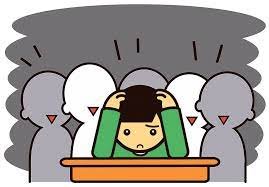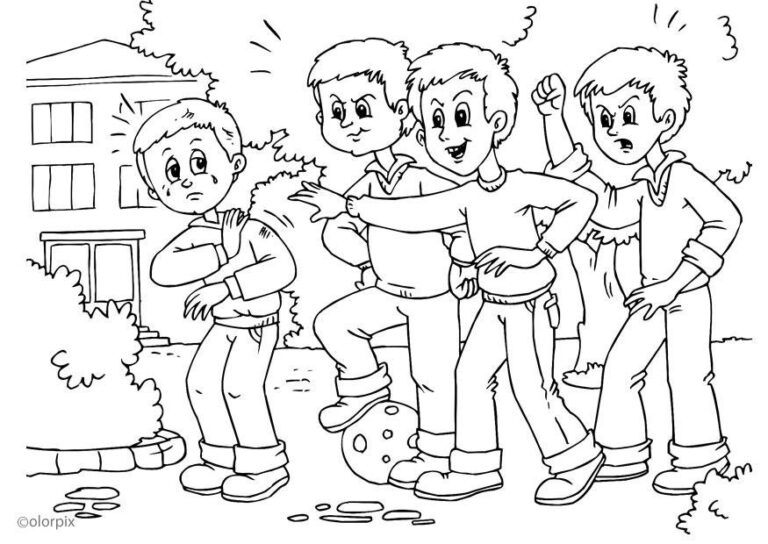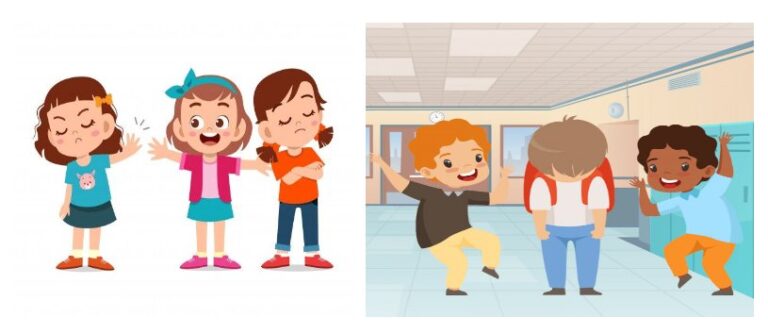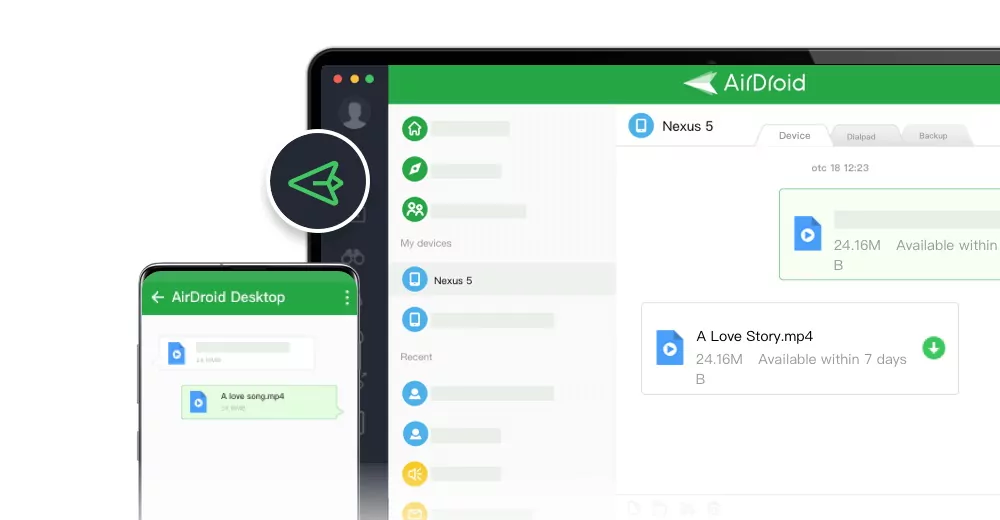12 Questions about bullying (Complete Guide 2024)
Bullying is a serious problem that affects children, teens, and adults. It manifests in aggressive, intentional, and repeated behaviors aimed at causing physical, emotional, or psychological harm. This phenomenon, especially common in schools, deteriorates the mental health of victims and creates an environment of fear and insecurity.
Preventing bullying requires the collaboration of parents, educators, and the community, fostering respect and empathy to create safe, violence-free environments. This guide offers a clear understanding of bullying and effective strategies for its prevention.

- 1. What is bullying?
- 2. Why is bullying hard to detect?
- 3. How can you tell if a child is being bullied?
- 4. What should I do if my child is a victim of bullying?
- 5. What motivates bullies?
- 6. How can you detect and prevent cyberbullying?
- 7. How to help a victim overcome bullying?
- 8. How to get additional help?
- 9. What responsibility do parents have in prevention?
- 10. What to do if my child is a bully?
- 11. How to differentiate a fight from bullying?
- 12. Is bullying different between boys and girls?
1What is bullying?
Bullying is when a child or group of children intentionally and repeatedly try to harm another child. This can include hitting, name-calling, threats, exclusion, or spreading rumors.

2Why is bullying hard to detect?
Bullying is hard to detect because it often happens out of sight of adults. Victims may be afraid to speak up or feel ashamed, and bullies can be very discreet or manipulate situations to avoid being caught.

3How can you tell if a child is being bullied?
To know if a child is being bullied, look for signs such as:
- Changes in behavior or mood.
- Loss of interest in school or activities they used to enjoy.
- Unexplained injuries.
- Avoiding social situations.
- Changes in sleep or eating patterns.

4What should I do if my child is a victim of bullying?
If your child is a victim of bullying:
- Listen and support them without judgment.
- Talk to the school to inform them and seek a solution.
- Teach them to defend themselves safely and seek help from trusted adults.
- Consider using tools like AirDroid Parental Control to monitor their online activity and protect them from cyberbullying.

5What is the motivation of bullies?
Bullies may be motivated by:
- Desire to control or dominate others.
- Low self-esteem.
- Problems at home, such as lack of attention or violence.
- Negative influence from friends or peer pressure.

6How can you detect and prevent cyberbullying?
Cyberbullying is a form of harassment carried out through electronic devices like mobile phones, computers, and tablets, using social media platforms, messaging apps, and other digital methods. This type of bullying can include threatening messages, spreading rumors, posting personal information without consent, and online social exclusion.
To detect and prevent cyberbullying, parents and caregivers must take an active role in supervising and educating their children about safe and responsible internet use. Here are some important strategies:
- Monitor Online Activity: It's crucial to be aware of your children's online activities, including knowing which websites they visit, who they communicate with, and what type of content they share and receive.
- Conversations About Internet Safety: Regularly talk to your children about the importance of internet safety, explaining the risks of cyberbullying and how to recognize it. It's essential they know they can come to you or a trusted adult if they experience or witness online harassment.
- Education About Privacy: Teach children not to share personal information online, such as addresses, phone numbers, locations, or private details. They should also know how to block and report people who harass them or make them feel uncomfortable.
- Activity Monitoring: Parents can see which apps are being used and how much time is spent on each one.
- Content Filtering: Set restrictions to block inappropriate content and protect children from potentially dangerous websites.
- Screen Time Control: Set limits on device usage time, promoting a balanced and healthy use of technology.
- Real-Time Alerts: Receive notifications if suspicious activity is detected or if attempts are made to access blocked content.



Use parental control tools: Apps like AirDroid Parental Control can be extremely helpful. This app allows parents to monitor and manage their children's device usage. Some of its features include:
7How to help a victim overcome bullying?
To help a victim overcome bullying:
- Offer emotional support and active listening.
- Encourage participation in activities they enjoy and that make them feel good.
- Consider seeking professional help, such as a psychologist, if necessary.
- Promote the building of healthy and positive friendships.

8How to get additional help?
To get additional help:
- Talk to teachers and school counselors.
- Contact local or national organizations that offer support against bullying.
- Seek guidance from mental health professionals if needed.

9What responsibility do parents have in prevention?
Parents have the responsibility to:
- Educate their children about respect and empathy for others.
- Supervise their children's activities and be alert to any signs of bullying.
- Encourage open and trusting communication with their children.
- Collaborate with the school and other parents to create a safe environment.

10What to do if my child is a bully?
If you discover that your child is a bully:
- Talk to them to understand why they are behaving this way.
- Set clear and consistent consequences for their behavior.
- Teach them conflict resolution skills and empathy.
- Work with the school and, if necessary, seek professional help.
11How to differentiate a fight from bullying?
A fight is an isolated and occasional conflict between two people. Bullying is repetitive behavior intentionally aimed at causing harm. If a child is consistently and intentionally being harmed, it is bullying.

12Is bullying different between boys and girls?
Bullying can be different between boys and girls. Boys tend to use more physical aggression, while girls may resort to verbal and social bullying, such as spreading rumors and exclusion. However, both genders can experience and engage in any type of bullying.

Conclusion
Bullying is a serious issue that deeply affects those who experience it, causing emotional, physical, and psychological harm. It is crucial for parents, educators, and society to be vigilant and work together to prevent and address this behavior.
By understanding the signs of bullying and acting promptly, we can create safe school and community environments where all children and teens can grow without fear or intimidation. Teaching values like respect, empathy, and tolerance, along with using tools like AirDroid Parental Control to protect children online, are important steps towards eradicating bullying and promoting healthy, respectful interactions.












Leave a Reply.